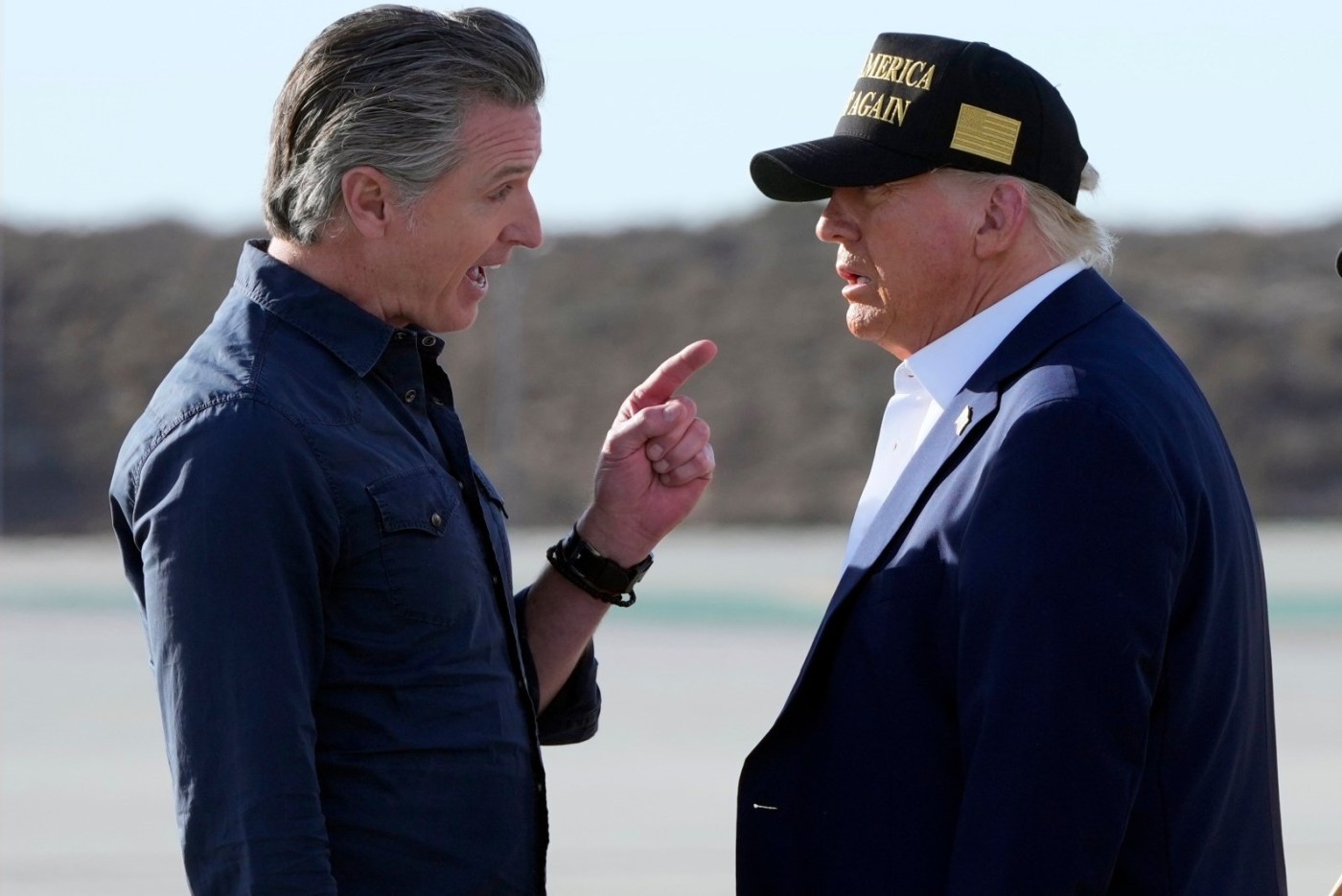
At this peculiar lame-duck period in the political career of Gov. Gavin Newsom, almost anything he does — even if it’s merely pursuing a routine duty of his current office — will be evaluated in terms of his obvious yet still unstated desire to become president.
Related Articles
Elias: Berkeley’s ADU amnesty program may set example for other cities
Elias: California’s Disney shows that its profits come before principles
Elias: Constitutional convention? Why exactly open Pandora’s box?
From the moment last summer when former President Biden left last year’s race until this month, though, there was only one word to accurately describe Newsom’s putative campaign — supine. Before Biden’s exit, Newsom was probably America’s second most prominent Democrat, the leading Biden surrogate and one who traveled the country trying to impress other national Democrats with himself and Biden.
However, once Biden handed off the Democratic nomination to Newsom’s longtime friend, fellow Willie Brown protégé and political stablemate Kamala Harris, the California governor seemed to disappear into a long sulk.
He played virtually no part in the fall campaign and for months did not lead any form of resistance to the sometimes dictatorial presidency of Republican Donald Trump, who cannot run for president a third time in 2028 but nevertheless suggests there may be ways for him to get another term.
Rather than oppose Trump, Newsom blasted his own party’s “toxic” attitudes — not necessarily inaccurate as national Democrats until lately had mostly sat by and watched Trump’s many moves. Now Newsom may have a mechanism to relaunch himself into the national picture for 2028 while becoming possibly the prime Democratic spokesman for the remaining nearly four years of Trump’s current term.
It came via the mid-April announcement of a California lawsuit challenging the legality of Trump’s on-again, off-again, partially on-again tariffs, which could potentially cost California farmers, merchants and manufacturers tens of billions of dollars in sales.
Loss of that much income and the state taxes it produces would heavily impact future state budgets, cutting into virtually all programs, from Medi-Cal to policing and fire protection, regardless of budgetary gimmicks.
Trump’s tariff actions, taken under the International Emergency Economic Powers Act of 1977, set 10% baseline import taxes on virtually anything originating abroad, with higher levies on goods from China, Canada and Mexico. There are also specifically higher taxes on certain products like autos and aluminum.
Newsom’s lawsuit — the first of the 15 legal actions the state has taken against the new Trump administration that name him as the lead individual plaintiff — claims the law Trump cites does not give him unilateral power to set up tariffs or take them down. That power, many legal scholars believe, belongs to Congress, which has shown even less fight than Newsom’s early campaign.
“No state is poised to lose more than California,” Newsom said, which doesn’t even count stock market losses resulting from Trump’s moves. “That’s why we are asserting ourselves.”
Newsom’s action made California the first state to formally challenge Trump’s tariffs, but other states have joined in on most other California lawsuits against Trump this year. When Trump lawyers quickly petitioned to have the tariff case moved from California to an East Coast courtroom, Newsom immediately riposted with “You scared?”
“We’re the first mover,” Newsom said. “That’s what California does.”
Official descriptions of the law Trump uses as his authority note that no other president has tried to claim it gives them such power. Trump seems to operate on the theory, though, that powers seized and not firmly resisted somehow become legitimized.
If Newsom’s lawsuit wins, it would very likely force a Congressional vote to either adopt and legalize Trump’s tariffs or dump them. Either way, Newsom aims to put every member of Congress on the record about tariffs, rather than letting politicians of both parties moan about how powerless they’ve been.
Forcing such a vote would give Newsom a claim on being politically savvy and powerful enough to force changes in Washington, D.C. even as a lame duck. It’s precisely the kind of political ammunition Newsom has sought as he blasted party mates while conducting dialogues with Trump supporters on his own podcasts.
His clear hope is that this and subsequent moves to resist Trump will give him the staying power to remain prominent through the year of political exile between the end of his term in early 2027 and the 2028 election season.
Email Thomas Elias at [email protected], and read more of his columns online at californiafocus.net.